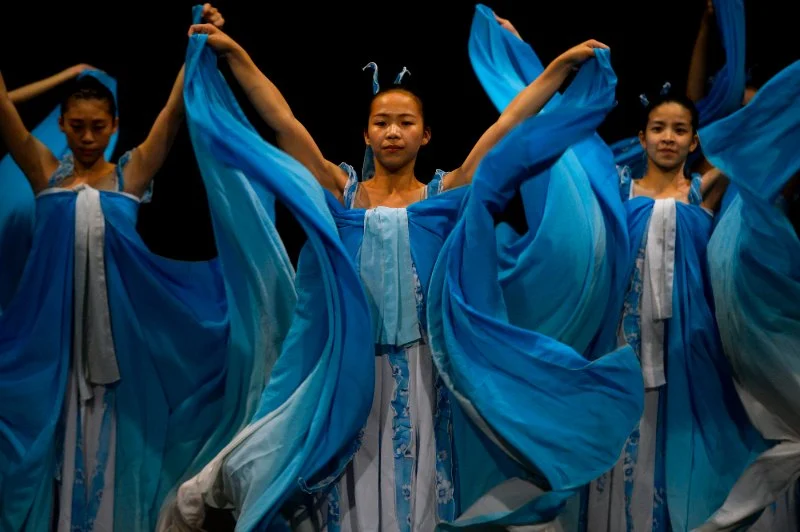
- cultural-background-of-school-events-in-taiwan
- do-schools-in-taiwan-have-dances-the-short-answer
- why-dances-are-less-common-in-taiwanese-schools
- where-dance-actually-happens-in-taiwanese-student-life
- how-cultural-shifts-and-western-influence-are-changing-the-scene
- the-role-of-american-dance-academy-in-supporting-young-talent
1. Cultural Background of School Events in Taiwan
Taiwan’s education system emphasizes academic excellence, structured discipline, and community respect. Unlike American schools where school dances are major social events, Taiwanese school events traditionally revolve around performances, competitions, and cultural ceremonies. School clubs, sports days, and end-of-semester showcases are common, but social dances rarely appear on the official calendar.
2. Do Schools in Taiwan Have Dances? The Short Answer
So, do schools in Taiwan have dances? Generally, no—at least not in the way American high schools host prom or homecoming. Most Taiwanese schools don’t hold formal dances as part of their school culture. However, that doesn’t mean dance is absent from student life altogether. It just appears in different forms and contexts, often with a more performance-based or extracurricular focus.
3. Why Dances Are Less Common in Taiwanese Schools
There are cultural and institutional reasons for this. Taiwanese schools often prioritize academics and standardized testing, leaving little room for social activities perceived as “non-essential.” Additionally, traditional values around modesty, social formality, and strict school rules discourage co-ed mingling in the context of school-sponsored dances.
A former student from Taichung shared that during her high school years, dancing was something practiced in cheer clubs or talent shows, not in social events. “We had a talent night once a year,” she said, “but it was more like a showcase—not a party.”
4. Where Dance Actually Happens in Taiwanese Student Life
Though formal school dances are rare, dance has carved its own space in Taiwanese student life. School clubs dedicated to hip-hop, K-pop, and traditional folk dance are thriving. Many universities also host interschool dance competitions that generate passionate participation and large student audiences.
You’ll find vibrant dance communities outside of school as well, especially in city centers like Taipei and Kaohsiung. Studios offer after-school programs, and many young dancers pursue competitions or even social media fame through platforms like Instagram and TikTok.
5. How Cultural Shifts and Western Influence Are Changing the Scene
As Taiwan becomes more globally connected, Western-style social events, including informal dances, are slowly gaining interest—especially in international schools or private institutions with diverse student bodies. For example, Taipei American School hosts proms, and other bilingual schools sometimes follow suit.
The growing influence of Western media also sparks curiosity. Popular shows, movies, and K-pop performances inspire students to learn dance styles and imagine more expressive, social forms of movement. Some student councils even organize themed parties or graduation balls resembling mini dances.
6. The Role of American Dance Academy in Supporting Young Talent
For students interested in dance but with limited outlets at school, American Dance Academy offers a bridge between passion and opportunity. With a focus on technique, creativity, and community, it provides structured programs in contemporary, jazz, hip-hop, and ballet, giving young dancers a place to grow and shine.
Whether you're a Taiwanese student wanting to explore dance in a more expressive way or a parent looking to support your child’s artistic growth, platforms like American Dance Academy open doors to both fun and discipline—while respecting cultural norms and expanding social experiences.
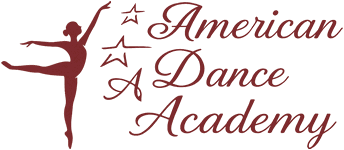
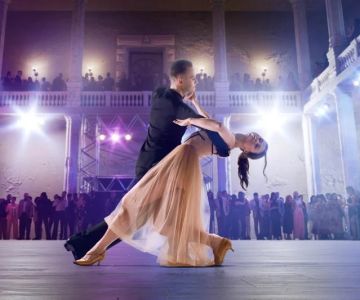
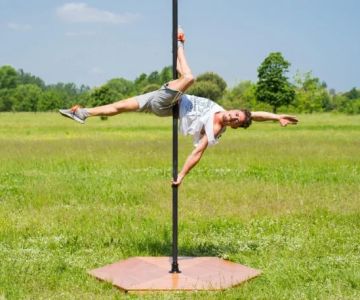
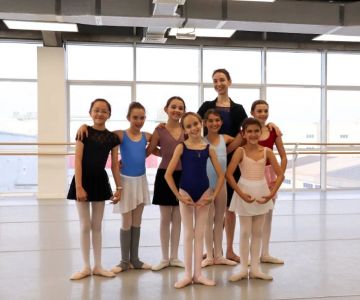
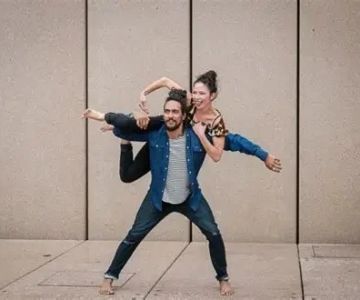
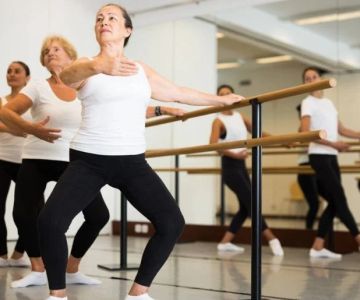
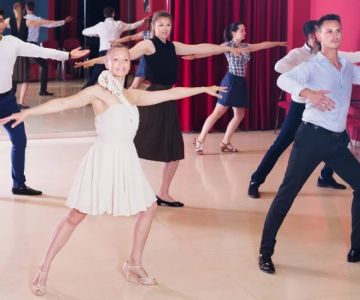
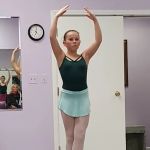 Barrington Dance Academy5.0 (22 reviews)
Barrington Dance Academy5.0 (22 reviews) Canyon Concert Ballet4.0 (17 reviews)
Canyon Concert Ballet4.0 (17 reviews) Big City Dance Center LLC4.0 (25 reviews)
Big City Dance Center LLC4.0 (25 reviews)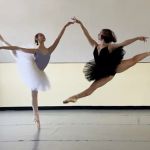 Tye Chua Dance & Kalamazoo Ballet5.0 (18 reviews)
Tye Chua Dance & Kalamazoo Ballet5.0 (18 reviews)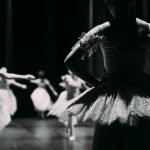 Fenton Ballet Theatre4.0 (24 reviews)
Fenton Ballet Theatre4.0 (24 reviews) Front Street Dance Center5.0 (7 reviews)
Front Street Dance Center5.0 (7 reviews) Are There Dances in Middle School? What Students and Parents Should Know
Are There Dances in Middle School? What Students and Parents Should Know How a Dance School in Instagram Builds Community and Success
How a Dance School in Instagram Builds Community and Success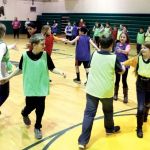 Why Do Schools Teach Square Dancing?
Why Do Schools Teach Square Dancing?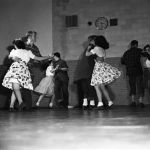 Why Was Square Dancing Taught in School?
Why Was Square Dancing Taught in School? Why Swing Dance Is Popular for Adults
Why Swing Dance Is Popular for Adults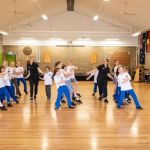 A School Dance: How to Prepare, Shine, and Make It Unforgettable
A School Dance: How to Prepare, Shine, and Make It Unforgettable